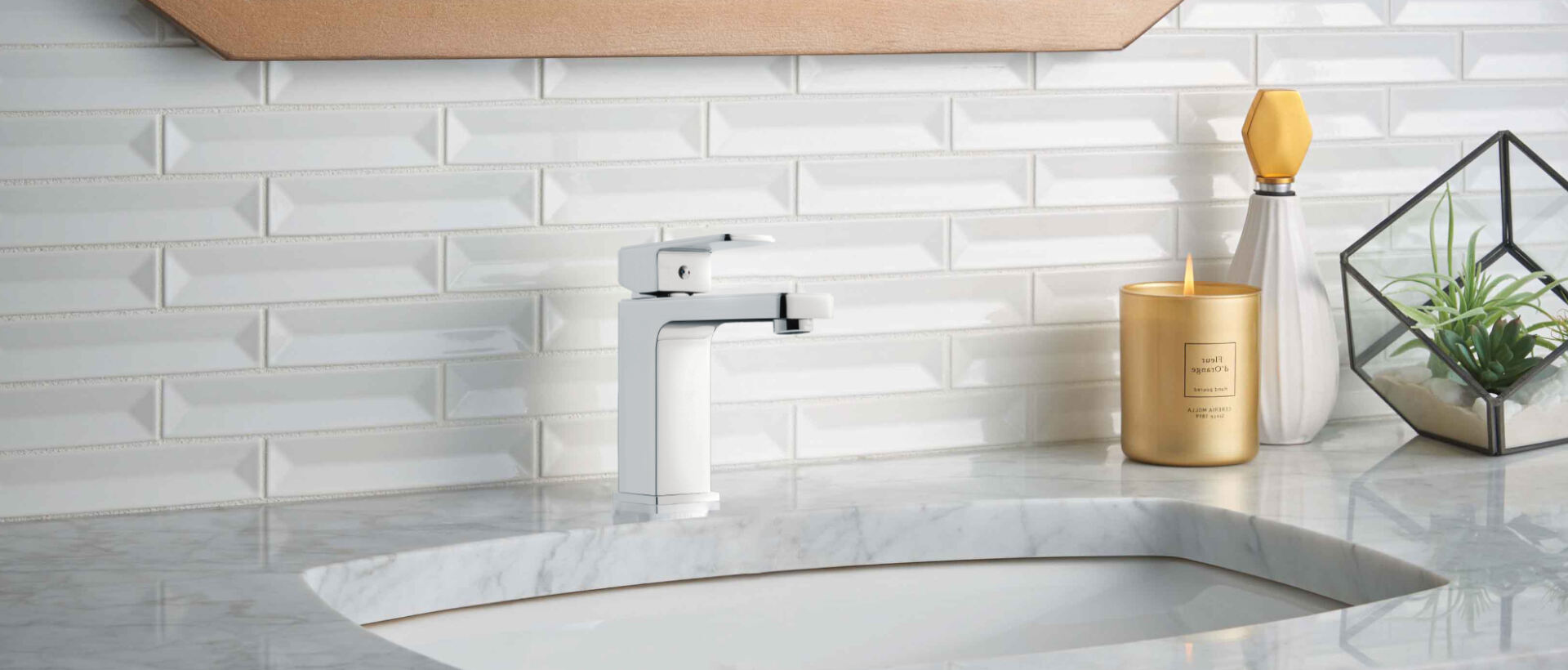PVD treatment’s ability to create a wide range of colors on faucets stems from its control over materials, thickness, gas composition, and layering during the coating process. This versatility allows manufacturers to produce everything from subtle, classic finishes to bold, contemporary colors, meeting diverse market demands.
1. Control Over Coating Materials
· Explanation: PVD involves the deposition of thin films of various metals and compounds onto the faucet surface. By selecting different coating materials—such as titanium, zirconium, or chromium—and their compounds (like nitrides, carbides, or oxides), manufacturers can produce a spectrum of colors. Each material interacts with light differently, creating unique hues.
2. Layer Thickness Manipulation
· Explanation: The thickness of the deposited layer in the PVD process can be precisely controlled. Varying the thickness alters how light reflects off the surface, which can change the perceived color. For instance, thinner layers might produce a lighter shade, while thicker layers can result in deeper, richer colors.
3. Gas Composition in the Process
· Explanation: During the PVD process, different reactive gases like nitrogen, oxygen, or methane are introduced into the chamber. These gases react with the metal ions to form various compounds (like nitrides or oxides), which influence the final color. The exact mixture and concentration of these gases can be adjusted to achieve specific color effects.
4. Multi-Layer Coatings
· Explanation: PVD can deposit multiple layers of different materials, each contributing to the final color. This layering allows for complex and nuanced colors that can’t be achieved with simpler coating methods. For example, combining different layers can create iridescent or gradient effects.
5. Consistency and Repeatability
· Explanation: The PVD process is highly controlled and repeatable, ensuring that the same color can be consistently reproduced across multiple batches. This precision is crucial for manufacturers who need to offer a wide range of colors with uniform quality.
6. Customization Potential
· Explanation: PVD allows for a high degree of customization, enabling manufacturers to develop proprietary colors or finishes that align with specific brand aesthetics or market trends. This customization can cater to different consumer preferences and interior design styles.


 EN
EN
 AR
AR HR
HR CS
CS DA
DA NL
NL FI
FI FR
FR DE
DE EL
EL HI
HI IT
IT KO
KO NO
NO PL
PL PT
PT RO
RO RU
RU ES
ES SV
SV IW
IW LT
LT SR
SR SK
SK SL
SL UK
UK SQ
SQ GL
GL HU
HU TR
TR FA
FA GA
GA CY
CY MK
MK KA
KA BN
BN BS
BS LA
LA MR
MR NE
NE
